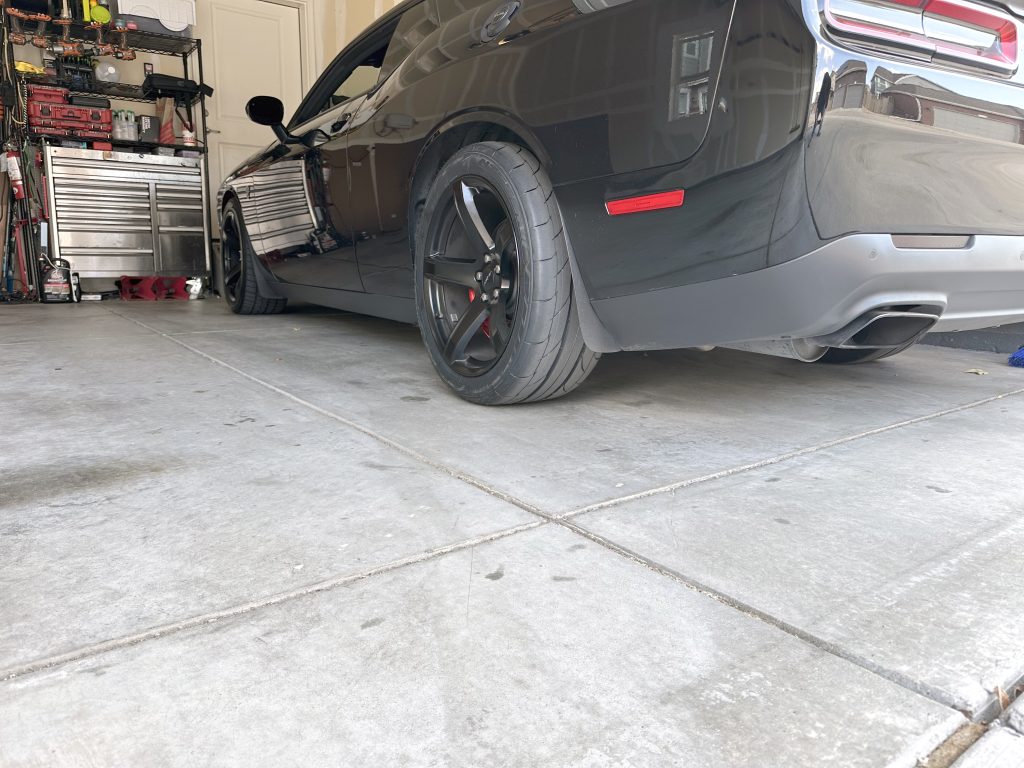My roommate, we’ll call him RSO, got laid off at work on Monday.
I’ve known RSO since 1995. In ’97, when Intelligent Electronics got bought by Ingram Micro, I moved to D.C. to start a business with him – “PFM Technologies”.
I became the roommate for RSO, his wife, and two kids… We had a 40-acre farm in Rhoadesville Virginia and I had one end of the huge house and two of the six garage bays. This is when I had my 28′ Scarab off-shore racer and my hotrod ’67 mustang.
When the dot-com bubble burst in ’00 we sold the farm and moved the 60′ Chris-Craft Commander we had to Baltimore where our remaining contracts were. RSO, his wife, and I lived on the yacht for a year before selling it and taking over the I.T. and computer classes at Marianapolis Prep in Connecticut.
RSO and his wife split up in ’01, I moved back to Colorado in ’02, started at the company I currently work for in ’04, and hired RSO in ’06 to help me with the I.T. side of things.
So he’d been with the company just short of twenty years when we laid him off.
It’s no fault of RSO – business has just been in the crapper since covid, and the flop-and-twitch in D.C. for the last four years hasn’t helped either… There just wasn’t a need for two I.T. guys when the whole company is down to like 30 employees – and two-thirds of those never come into the office.
RSO has been my roommate since he moved to Colorado in ’06.
Unfortunately, being able to split the costs of living in “Colofornia” these days is pretty much a requirement, and while he’s getting a couple of months of salary it’ll only last until September…
So I’ve spent the week trying to figure out what the new shape of things will be.
The problem is we’re both old – I’m 56 and he’s 60, and it’s hard for tech-fossils like us to compete with the young guns out there.
Sure, we’ve both been doing the computer-thing for over 40 years now, and we’ve literally been doing I.T. since it was invented – but the tech world has moved on from ‘generalists’ who know a bit about everything, and is now expecting insect-like specialists who have five years experience in something that was announced six months ago.
At work I run 2008 software on 2006 hardware – so we don’t have a lot of exposure to this week’s new hotness. For example, it’s a bit challenging to know everything about Juniper gear when you spend all of your time keeping decade-old ProCurve stuff running.
I’ll figure it out… It’s just the next in a long line of crap that I’ve had to deal with / overcome.

